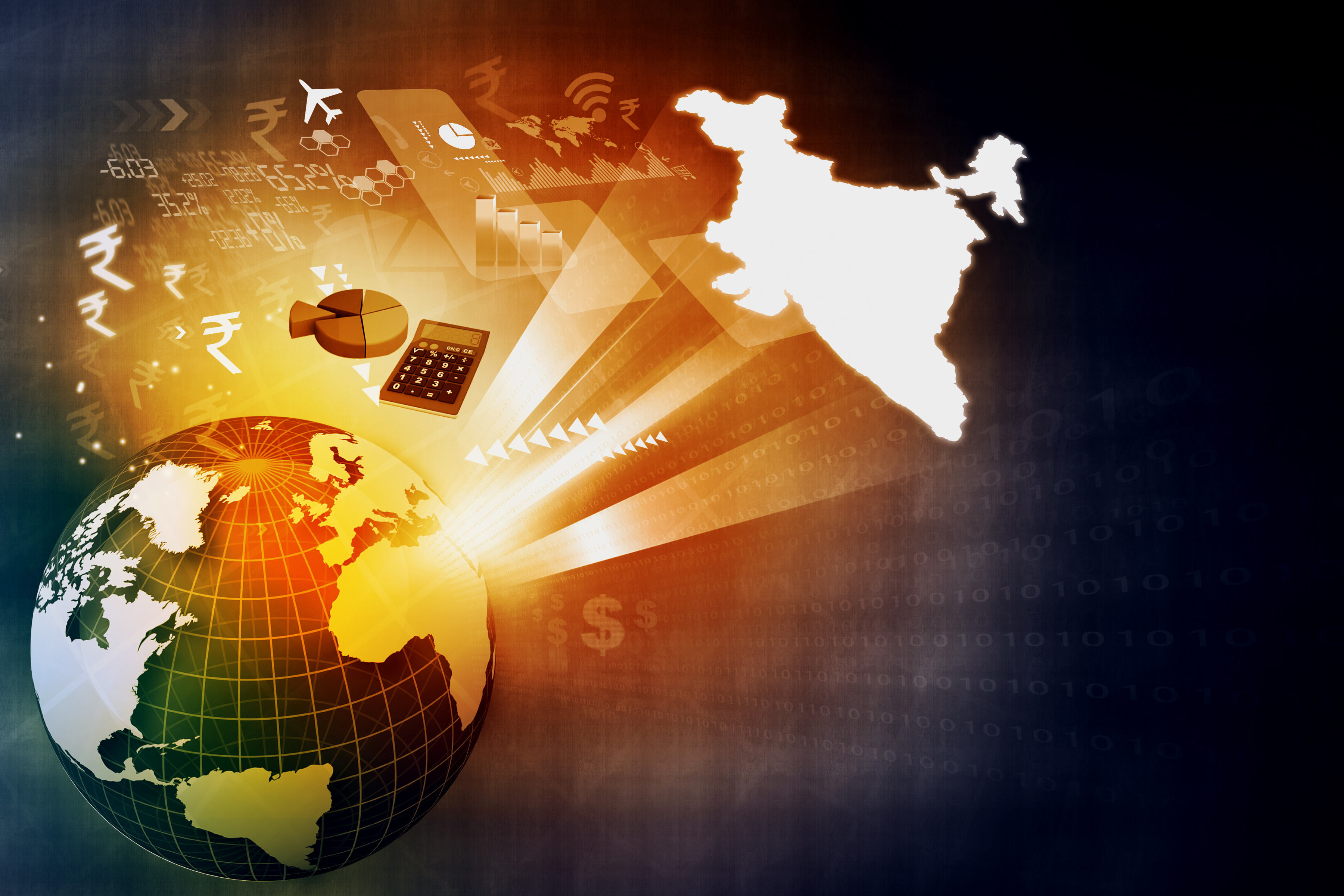
A divided nation and an economic powerhouse, India’s surprise election results – denying three-time prime minister Narendra Modi a parliamentary majority – set an altered course for the next five years.
The IOE&IT Daily Update takes a look at the country’s trade and economic profile following the Indian general election result last week.
Election
Modi was sworn in as PM for a third term yesterday (9 June) after a six-week election that saw a record-breaking 640 million voters deny him a majority.
His party, the Bharatiya Janata Party (BJP), failed to secure the requisite 272 seats to independently lead India’s 543-seat lower house.
The BJP secured 240 seats, down 63 on 2019’s total, while the opposition INDIA coalition made unexpected gains.
Following days of coalition talks, BJP announced an alliance with the Telugu Desam Party (TDP) and Janata Dal (United), forming the National Democratic Alliance (NDA) coalition alongside several smaller parties.
While it appears Modi has secured key cabinet seats for BJP members, reports suggest TDP and United have secured concessions in exchange for their support.
The results came as a shock to many Modi supporters, who believed that a focus on economic growth would be enough to secure a majority.
However, his Hindu nationalist stance and anti-Muslim legislation led to fierce critique and deadly protest, with dozens of people killed during protests against his landmark citizenship bill. The law, while granting citizenship to people of six religious minority groups from Pakistan, Afghanistan and Bangladesh, still excluded Muslims.
After being selected to lead the NDA, Modi said “We were neither defeated nor are we defeated ... It was an NDA government in the past, still is and will be”.
Commentators are interested to see how being forced to take “engage in more consultation” will shape Modi’s third term.
Trade
Analysts believe that the lost majority could make it more difficult to pass the economic reform necessary to sustain India’s levels of growth, with some suspecting last year’s 8.2% growth won’t be matched.
Peeyush Mittal, a portfolio manager at Matthews Asia, told CNN that “with a more fragmented government… policy making in general is going to become more difficult going forward”, which could hamper land reforms needed to support the increasing expansion of international firms into India.
Increased tension between the US and China has seen international companies diversify their supply chains, with India a notable winner for high-tech manufacturing of electronics.
Researchers found that recent supply chain shifts following Russia’s invasion of Ukraine have also impacted India’s trade outputs, with crude oil exports increasing during the 2022/23 financial year. Data suggests that Europe has been buying sanctioned Russian crude exports via India, with European purchases from India up 115% between 2022 and 2023.
Matt Smith, lead analyst at trade intelligence platform Kpler, told the Independent that the Russia-India trading relationship has “worked twofold”.
“India has been able to buy cheap oil for its refineries, then it has been able to refine that oil and sell the refined products at full price, and into a market (Europe) that is willing to pay up for them because it desperately needs to replace the loss of Russian material.”
India has maintained good relations with Russia since the start of the war, while also pursuing strategic security and trade partnerships in Europe, including signing a deal with the European Free Trade Association (EFTA), comprised of Norway, Switzerland, Iceland and Liechtenstein, this year.
UK-India trade
Trade talks between the UK and India have been ongoing since the start of 2022. The 14th round of discussion ended in March, with further negotiations put on hold until after election season in both countries.
Despite progress being made, sticking points remain on issues such a UK concession on visas for skilled Indian workers and reductions on tariffs for key British exports such as whisky and cars.
India is still the UK’s 12th largest trade partner, with bilateral trade worth £39bn last year, according to Department for Business and Trade data.
The balance of trade lies with India, which exported £23.2bn goods to the UK, increasingly skewed towards services, with £9.4bn in business services.
By contrast, travel (worth £5.6bn) was the UK’s biggest export to India.



